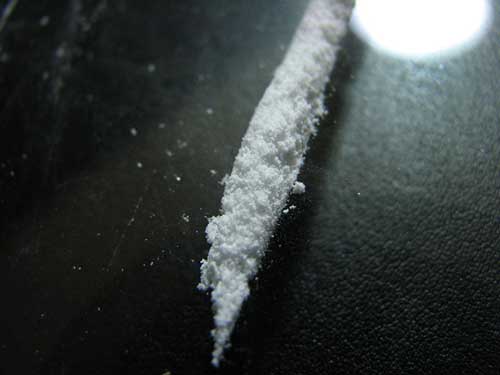
When toxicologist Dr. Sophie Gosselin walks into work to see her patients struggling with crystal meth addiction, there’s one thing she can’t help but notice—there’s more of them.
“I’ve noticed it. My colleague lost 15 patients to crystal meth in the last three years. He’s noticed it. But no one seems to be talking about it,” said Gosselin.
An analysis of crime data from Statistics Canada indicated that people were 12 times more likely to be arrested for crystal methamphetamine possession in Quebec in 2014 compared to 2008.
The toxicologist– who is also a doctor in the emergency department at the McGill University Health Centre– says she is not surprised to hear meth possession arrests have gone up in the province of Quebec.
Gosselin described the drug as highly addictive and dangerous.
A Canada-wide issue.
It’s not just Quebec; rates of crystal meth possession also increased nationally.
While Statistics Canada confirmed crystal meth possession arrests to be higher than ever recorded, RCMP officials could not give an answer why the numbers had increased.
“It is challenging to attribute specific factors related to the increase of crystal meth possession, since there are varying policies, practices and resources available across different police services and over time,” said RCMP spokesperson Annie DeLisle in an email response.
Ottawa lawyer and criminologist Eugène Oscapella has a few theories about why the upward trend occurred. Low production costs and availability of materials make the drug attractive to dealers.
“Drugs are like any other product. It’s about capitalism. People are selling what they can make the most money off of,” said Oscapella.
“Methamphetamine at the street level is inexpensive compared to certain other synthetic drugs available on the illegal market,” said DeLisle
Another reason for the increase, Oscapella explained, is the copycat effect. He said one reason for the trend could be related to AMC’s hit series Breaking Bad, which came out in 2008.
“If Madonna wears a corset, or does her hair a certain way, well then other people will want to follow that trend,” he said.
“It’s the same for drugs. It becomes a popular and ‘in’ drug.”
Still, neither Oscapella nor the RCMP would make a direct link between the show and the increase in crystal methamphetamine arrests. The RCMP said most production is still run by organized crime groups.
Health and the bigger picture.
Gosselin said part of the problem was that the people who were arrested- usually dealers-weren’t the ones suffering.

©MUHC
“The people we are seeing are people who have a socioeconomic background and who just want to come out of their shell. Maybe just for a weekend,” said Gosselin.
Gosselin said she had seen the trend hit the LGBT community, especially amongst youth between the ages of 19 to 24.
Oscapella said truck drivers, people working in the tar sands and military personnel embarking on a long mission would take crystal meth to stay awake.
“When they do come to see me they’re already at the end of the corner,” said Gosselin.
What worries her most is that there is not enough being done for patients struggling with addiction, particularly on the mental health side of things.
“Three waiting lists to get somewhere?” said Gosselin, with a chuckle. She explained how it took six full weeks for a patient she had already diagnosed, to finally book a session with a psychiatrist.
“That’s just inefficient,” she said.
Oscapella said he believed the most dangerous part about crystal meth to be the lack of regulation for dosage, production and use standards.
“No matter what we do, people who want to take drugs are going to take drugs,” he said.
“What matters is how we deal with it.”
